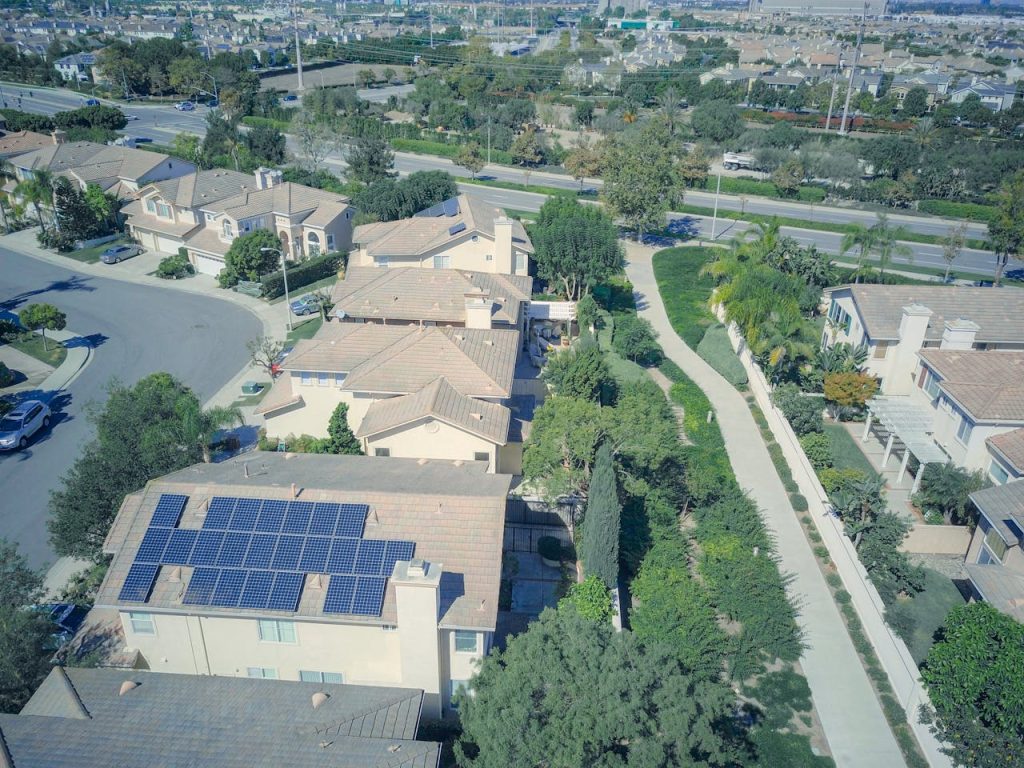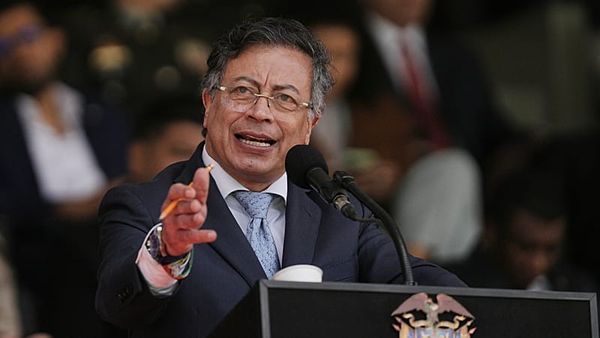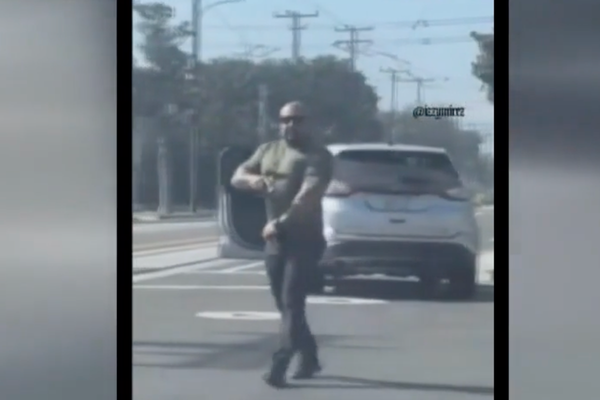
The idea of the American middle class living comfortably in suburbia is fading. Many families who once felt secure now face new pressures. Costs are rising, jobs are changing, and the old sense of stability is slipping away. If you live in the suburbs, you might feel it too—maybe your neighbors are moving, or your bills are getting harder to pay. These changes aren’t just personal. They’re part of a bigger shift that’s reshaping what it means to be middle class in America. Here’s why this matters: understanding these trends can help you make better choices for your family and your future.
1. Housing Costs Are Outpacing Incomes
Home prices in many suburbs have jumped much faster than wages. For years, the suburbs were seen as affordable alternatives to city life. Now, that’s changing. The median price for a home in the U.S. hit $420,800 in 2024, while wage growth has lagged behind. Renters aren’t spared either. Suburban rents have climbed as more people leave cities, pushing up demand. If you’re trying to buy or rent, you might feel squeezed. The result? More middle-class families are priced out, forced to downsize, or move farther away from jobs and schools. If you’re struggling with housing costs, consider reviewing your budget, exploring shared housing, or looking into first-time homebuyer programs.
2. Job Security Is Getting Harder to Find
Stable, well-paying jobs used to be a hallmark of the middle class. That’s less true now. Many suburban jobs have shifted from manufacturing and office work to service and gig roles. These jobs often pay less and offer fewer benefits. Remote work has also changed the landscape. Some companies are moving jobs overseas or automating tasks, leaving fewer options for steady employment. If you’re worried about job security, it’s smart to keep your skills up to date. Look for training programs or online courses that match where the job market is heading. And don’t be afraid to network—sometimes, who you know matters as much as what you know.
3. Healthcare Costs Keep Climbing
Healthcare is eating up a bigger chunk of the middle-class budget. Even with insurance, out-of-pocket costs for doctor visits, prescriptions, and emergencies are rising. A recent KFF report shows that middle-class families now spend a larger share of their income on healthcare than ever before. This can mean tough choices: skip care, cut back on other expenses, or take on debt. If you’re feeling the pinch, shop around for insurance plans during open enrollment, use in-network providers, and ask about generic medications. Preventive care can also help you avoid bigger bills down the road.
4. Debt Is Becoming a Way of Life
Credit card balances, student loans, and car payments are piling up. For many suburban families, debt is now a constant companion. The average U.S. household carries over $7,000 in credit card debt alone. Rising interest rates make it even harder to pay down balances. This debt load can limit your choices—maybe you can’t save for retirement, help your kids with college, or handle an emergency. If debt is weighing you down, start by tracking your spending. Make a plan to pay off high-interest balances first. Consider talking to a nonprofit credit counselor for help.
5. The Cost of Raising Kids Is Skyrocketing
Childcare, sports, school supplies, and college savings all add up. The cost of raising a child through age 18 now tops $300,000 for a middle-class family. Suburban parents often feel pressure to keep up with activities, gadgets, and “good” schools. But these extras can strain even a solid budget. If you’re feeling stretched, look for community programs, swap babysitting with friends, or buy used gear. Remember, your kids don’t need everything. Focus on what matters most for your family’s well-being.
6. The Wealth Gap Is Growing in the Suburbs
Wealth isn’t just about income—it’s about assets, savings, and security. In many suburbs, the gap between the “haves” and “have-nots” is widening. Some families are building wealth through home equity and investments. Others are falling behind, unable to save or invest at all. This divide can show up in schools, neighborhoods, and even friendships. If you want to build wealth, start small. Set up automatic savings, contribute to a retirement plan, and avoid lifestyle inflation. Over time, even small steps can make a difference.
What This Means for the Future of the Middle Class
The middle class in suburbia is under real pressure. Rising costs, job insecurity, and growing debt are making it harder for families to get ahead. But you’re not powerless. By staying informed, making smart choices, and reaching out for help when you need it, you can protect your family’s future. The old rules may not work anymore, but new strategies can help you adapt. The middle class isn’t gone—but it is changing. And how you respond matters.
How are these trends affecting your family or your neighborhood? Share your thoughts in the comments.
Read More
What Does It Really Mean to Be “Middle Class” in 2025?
8 Overcrowded Cities That Are Too Expensive For Most Middle Class Americans
The post 6 Trends That Suggest the Middle Class Is Dying in Suburbia appeared first on The Free Financial Advisor.







